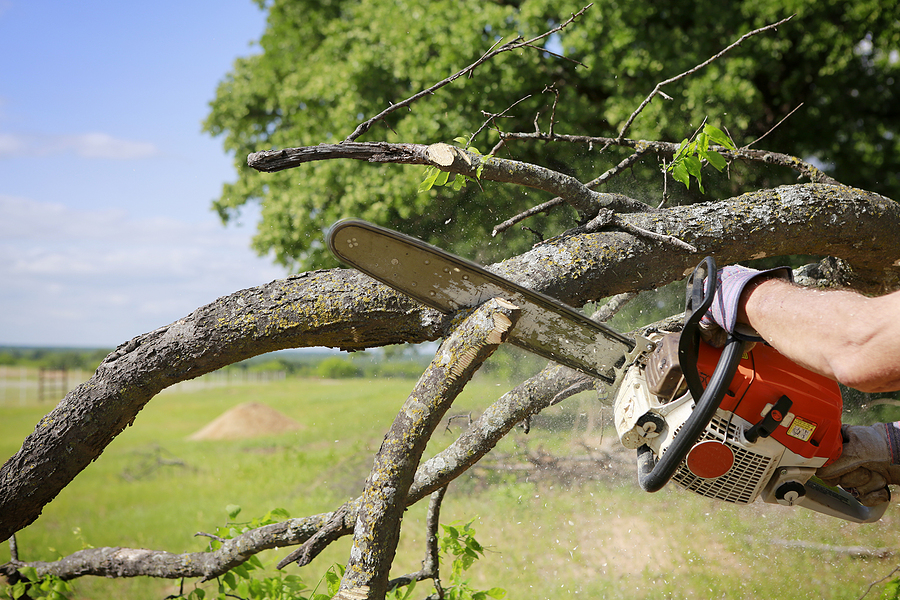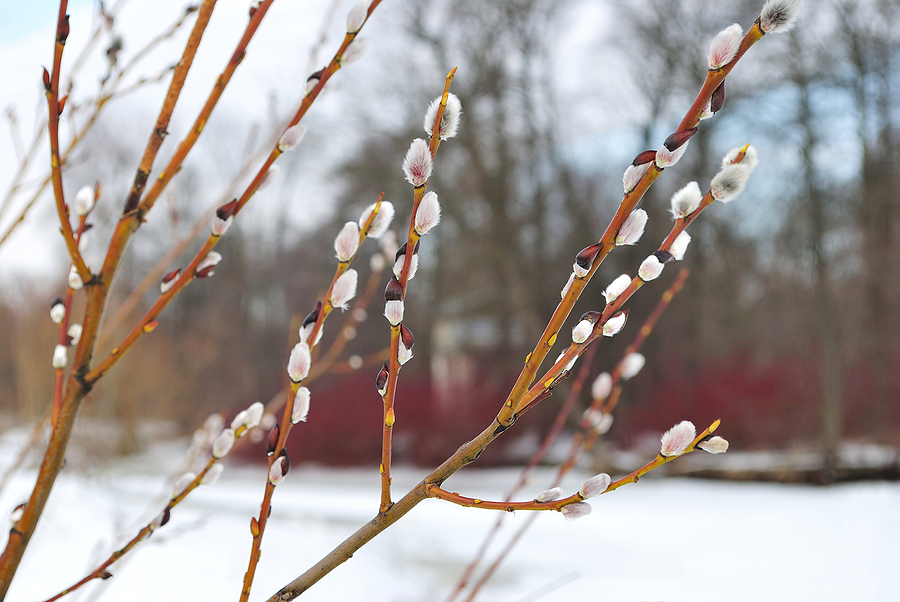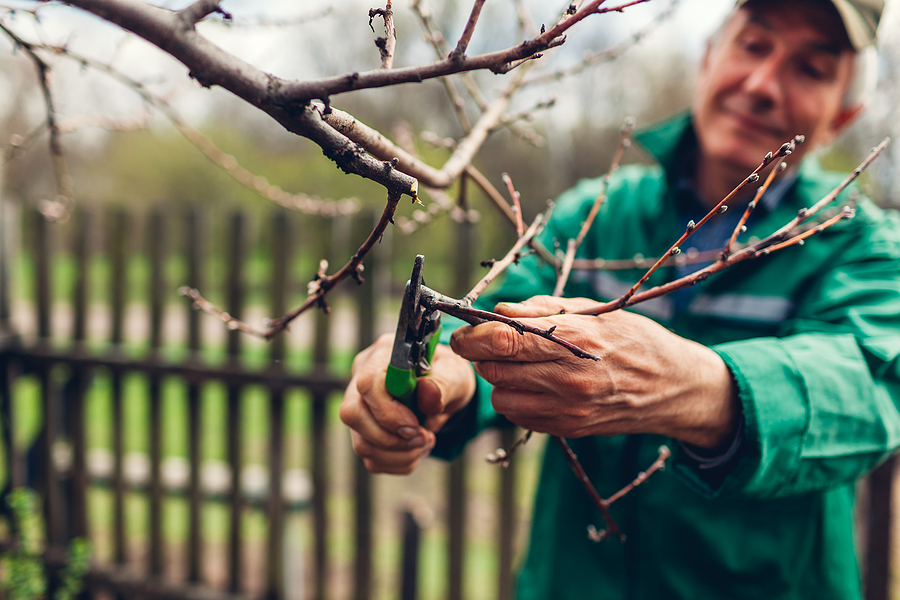Trees are the silent behemoths that grace our landscapes, providing us with beauty, shade, and an air of natural tranquility. Branches that sway in gentle breezes seem to dance within the seasonal rhythms, yet there is a duty we often overlook in our arboreal appreciation—tree maintenance. Specifically, the often-neglected task of removing dead branches is a crucial yet underappreciated aspect of caring for our sylvan friends.
Garden enthusiasts, homeowners, and anyone who finds solace in the company of trees can benefit from understanding the health reasons for this practice, ensuring that trees not only look good but thrive in good health for years to come. Let’s dive into the importance of trimming away dead branches and limbs from your landscaping trees!

Why Remove Dead Branches?
The unsightly nature of bare, dead branches and their potential hazard when they fall are often the most apparent reasons for their removal. However, the impact on a tree’s health is far more reaching and significant.
Enhancing Tree Health and Vitality
Dead branches, sometimes referred to as “broken” or “dormant” branches, are not just inactive but can be a sign of a tree’s underlying health issues. They could be symptomatic of diseases such as cankers or weak internal structures caused by decay. By removing these lifeless appendages, we allow the tree to channel its resources to healthier parts, increasing its overall vitality.
Preventing Disease Spread and Pest Infestation
Trees have a remarkable ability to regenerate and heal, yet dead branches are entry points for pests and diseases. Without proper care, what starts as a single dead branch can lead to a larger problem affecting the entire tree. Regular dead limb removal prevents these issues from spreading and often eliminates the need for drastic measures later on.
Promoting Growth and Structural Integrity
Pruning dead branches encourages new growth and can help shape a tree for better balance and form. Over time, particularly in the case of young trees, proper maintenance can direct and stunt the growth of roots and branches in ways that will support a strong and resilient structure as the tree matures.
Methods of Dead Branch Removal
The process of removing dead branches can be as important as the decision to perform it. Improper techniques can harm the tree and defeat the purpose of pruning entirely.
Pruning Techniques and Tools
Understanding the basics of tree pruning and the right tools for the job is crucial. You’ll need to learn about different types of cuts—like the “thinning cut,” which involves removing an entire branch at its point of attachment without leaving a stub. Tools range from hand pruners for smaller branches to saws for larger limbs.
Safety Considerations
Safety is paramount when dealing with trees. This includes ensuring the tree is stable and not at risk of falling. Wearing protective equipment and knowing how to use tools properly is vital. If the task is too large for you to handle safely, hiring an arborist is the wisest decision.
Benefits of Regular Maintenance
Establishing a regular tree care routine, including the practice of dead branch removal, offers a multitude of benefits that go well beyond individual tree care.
Long-Term Tree Health and Longevity
Healthy trees live longer. By maintaining a tree’s health throughout its life, we can extend its lifespan and the benefits it provides. Regular inspections and maintenance can reveal issues before they become problems that might require drastic interventions.
Improved Aesthetics Through Natural Growth
Contrary to what one might expect, natural tree growth often ends up more aesthetically pleasing than that which has been unnaturally stunted or redirected. By addressing dead branches and other health concerns early on, you can enjoy the beauty of a tree in its most natural form.
Environmental Impact and Sustainability
Healthy trees are effective carbon sinks and provide immense ecological benefits. A tree that has been cared for diligently becomes an integral part of the local ecosystem, supporting local wildlife and contributing to sustainability efforts.
Wrapping Up
The health of our trees is a responsibility we all share as stewards of the environment. By embracing the practice of regular dead branch removal, each of us can play a part in ensuring that the trees we plant and admire are given the best chance to grow, thrive, and stand strong against the tests of time and nature. In providing garden enthusiasts, homeowners, and all lovers of nature with the knowledge and motivation to take action, we can foster a community that not only appreciates trees for their majestic beauty but also recognizes them as the complex living entities they are, deserving of our care and respect.
It’s not just about making our trees look good—it’s about ensuring they are good, from the inside out. After all, a healthy tree is the best kind of beautiful. Contact Complete Tree Care at 317-783-2518 for licensed tree trimming and pruning in Indianapolis, Indiana. We serve both residential and commercial clients all throughout Central Indiana.
Related Posts:
The Advantages of Tree Pruning and How To Do It Right
Why You Should Remove Tree Branches That Overhang the Roof
The Benefits of Professional Tree Trimming Services



